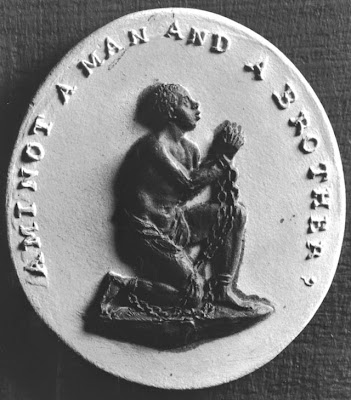daniel wrote:The LMs did interact with humanity quite a bit... that's why we have all those stories and legends about elves, dwarves, faeries, etc. But our technology is incompatible with their tech, as well as their life functions. As we industrialized, we pushed them away.
It looks like Susan Martinez has done some good research on the LM's and 15 minutes in the presenter even says we need to make mythology integrate more into our history! She still doesn't appear to have all the answers but gives it a good shot, maybe she should give Jessup's Varo edition a read she'd enjoy it...
 Susan B. Martinez, Ph.D. | The Lost History of the Little People | Segment 1 of 2
http://www.youtube.com/watch?v=2SulDA8xw0A
Susan B. Martinez, Ph.D. | The Lost History of the Little People | Segment 1 of 2
http://www.youtube.com/watch?v=2SulDA8xw0A
Synopsis
According to Dr. Susan B. Martinez, tonight's special guest, there was an advanced species of little people that covered the face of the Earth before the advent of mankind. When mankind started taking over they started disappearing almost without a trace. Yet traces of a few of them were found. In certain parts of the United States mounds were found. They contained the bones of tiny elf like people. They were brushed off as the graves of children yet they showed signs of being Middle Aged adults. Cheyenne legend holds that there was a race of people who lived in barrow or underground. They taught the Native Americans about the use of herbs and medicines plus the use of tools and technology. They were the teachers of mankind.
All around the world there are societies of little people. The bushmen of the Congo, Negritos in Indonesia, Negrillos in the Philippines and the Andamans in the continent of South America. There are legends of these little people documented all over the world, ranging from Greek, Roman, Sumerian, Irish, Norse and Native American. The little people of today live in forests, underground dwellings and high mountainous areas. As modern humans encroach they die off and their numbers become fewer.
In the barrows that have been unearthed, advanced tools have been found indicating that they knew how to build and manufacture tools long before homo sapiens even appeared. They passed their skills to us.
The little people came from an Island continent called Pan, also known as Lemuria or Mu, which like Atlantis was destroyed in a great flood. The surivivors joined everyone on the mainland. Their skin was described as white or almost translucent, you could see through their veins. They people of peace, well mannered and non violent, due to the absence of weaponry in all their burial sites. Their society was egalitarian and their beehive societal structure puts the priority on the tribe instead of members venturing alone.
They were nocturnal dwellers with moon like eyes. Their women were abducted by the homo erectus. This hybridization gave way to homo sapiens: the birth of man.
The Little People were the catalyst for the emergence of the first known civilizations
• Traces the common roots of key words and holy symbols, including the scarlet biretta of Catholic cardinals, back to the Little People
• Explains how the mounds of North America and Ireland were not burial sites but the homes of the Little People
• Includes the Tuatha De Danaan, the Hindu Sri Vede, the dwarf gods of Mexico and Peru, the Menehune of Hawaii, the Nunnehi of the Cherokee as well as African Pygmies and the Semang of Malaysia
All cultures haves stories of the First People, the "Old Ones," our prehistoric forebears who survived the Great Flood and initiated the first sacred traditions. From the squat "gods" of Mexico and Peru to the fairy kingdom of Europe to the blond pygmies of Madagascar, on every continent of the world they are remembered as masters of stone carving, agriculture, navigation, writing, and shamanic healing--and as a "hobbit" people, no taller than 31/2 feet in height yet perfectly proportioned.
Linking the high civilizations of the Pleistocene to the Golden Age of the Great Little People, Susan Martinez reveals how this lost race was forced from their original home on the continent of Pan (known in myth as Mu or Lemuria) during the Great Flood of global legend. Following the mother language of Pan, Martinez uncovers the original unity of humankind in the common roots of key words and holy symbols, including the scarlet biretta of Catholic cardinals, and shows how the Small Sacred Workers influenced the primitive tribes that they encountered in the post-flood diaspora, leading to the rise of civilization. Examining the North American mound-culture sites, including the diminutive adult remains found there, she explains that these stately mounds were not burial sites but the sanctuaries and homes of the Little People.
Drawing on the intriguing worldwide evidence of pygmy tunnels, dwarf villages, elf arrows, and tiny coffins, Martinez reveals the Little People as the real missing link of prehistory, later sanctified and remembered as gods rather than the mortals they were.




